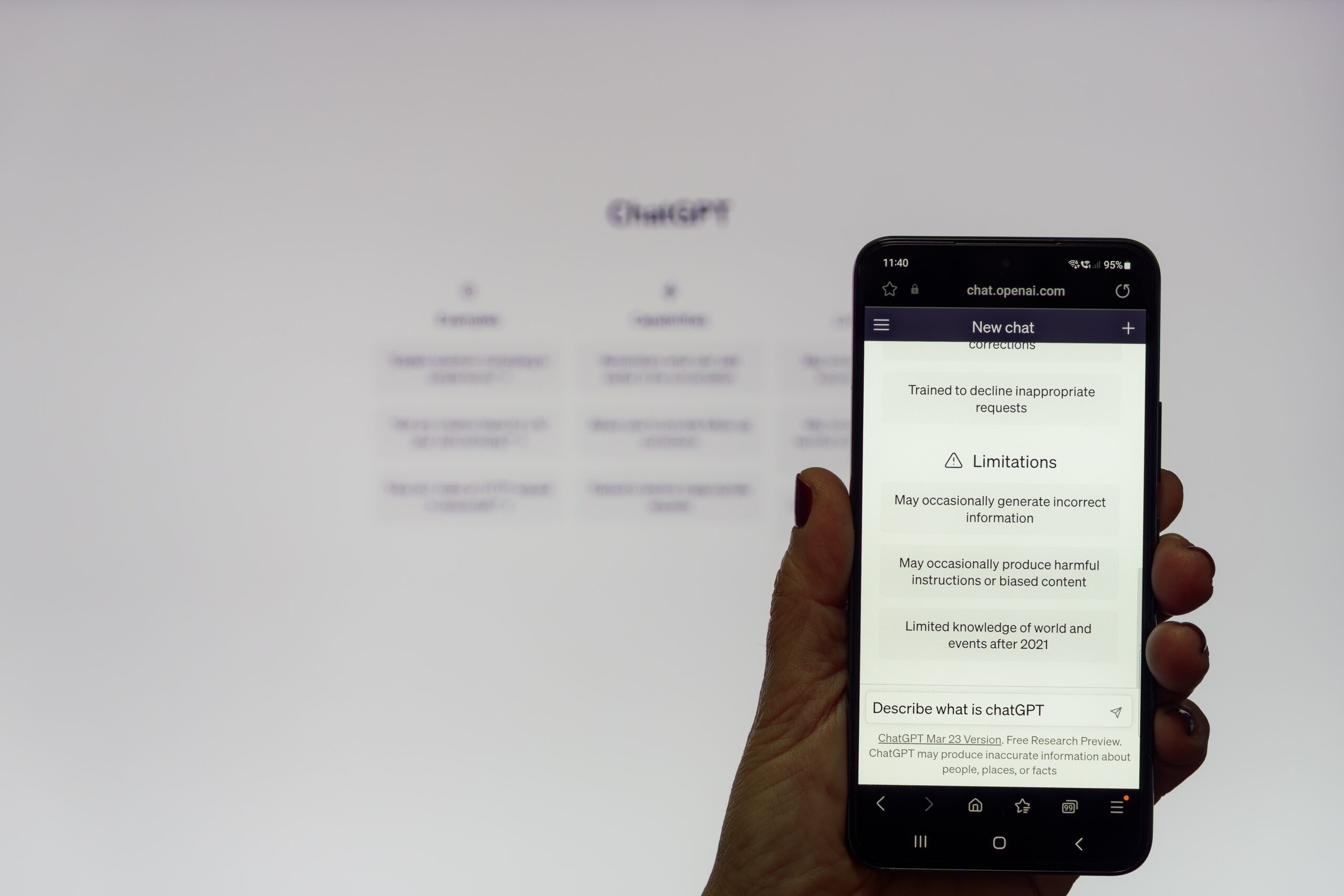
What-if analysis is not about just running software multiple times with different settings. In this week’s Supply Chain Talk Arkieva CEO Harpal Singh, evaluates how to create a streamlined process for analyzing what-if scenarios.
When I was a young engineer, some lessons were learned the hard way.
I remember working on a scheduling issue at a plant and coming up with what I thought was a brilliant algorithm to increase packaging capacity by 20%. It was hard when the plant manager explained to me that a packaging machine cost $200,000 and the cost of implementing my solution was quite a bit above that. The cheaper more reliable solution was to simply buy another packaging machine and run it in the same inefficient way.
Unfortunately, we are all too often confined to only those alternatives that we think are under our direct control. Most modern planning software solutions provide a way to evaluate alternative plans or “what-ifs.” The problem is to identify the alternatives that should be evaluated.
When I was looking at the capacity issue on the packaging line, it never occurred to me that buying another packaging line was in the cards. Part of the reason for having a collaborative planning process is to make sure that the candidate plan is exposed to folks that can suggest alternatives that a single person might not consider.
[Read More: How Many What-If Scenarios Should be a Part of the Monthly S&OP Process?]
How to Create a Streamlined What-if Analysis Process
Evaluating “what-ifs” is not about just running software multiple times with different settings. It is rare that software identifies some unique plan by itself.
So, what is the role of software?
First, the software provides a common platform for evaluating alternatives. If the critical cost elements and constraints are identified, the software (or the underlying model) can tell you which alternative is possible (or feasible), and which alternative is more costly. The actual costs estimated by the model may or may not be accurate, but the differences between alternatives are usually quite good.
Second, the software provides a non-judgmental framework for consolidating the data and rules. Model clarity is important. Why should you trust a black box if you don’t know what’s in it? It is for this reason that many organizations prefer to use rule-driven models rather than “optimization” models.
[Read More: Using What-if Scenarios To Create A Dynamic S&OP Paradigm]
3 Important Elements for Evaluating What-if Plan Alternatives
To set up a process for evaluating alternatives, three things are important:
1. Determine Objectives and Evaluation Criteria:
Create an agreement on what the objectives are, and by which an alternative will be evaluated; is it costs, margin, the robustness of the plan, risk, or other factors?
2. Create a Process for Data Gathering
Establish a routine process to bring together data and apply basic business rules on a regular basis. This process is used to establish a baseline. It is then exposed to a team that can identify strategies that should be evaluated.
Tip: Model-based software which will take the suggested alternatives and evaluate them using a common framework.
3. Create a Consensus Plan Looking at All Applicable Decision Factors.
A collaborative process to evaluate the differences between alternatives and come up with a consensus on which plan is better. In practice, no single alternative dominates another in all factors. For example, if plan A will deliver material on time 96% of the time but costs $2 million more than plan B which delivers material 85% of the time – which one makes sense for the business? Plan A may make sense in a highly competitive market during a “soft” economy. It may be needed if there is a strategic need to defend market share. Plan B may make sense at some other time.
[Read More: What Role Will Artificial Intelligence Play in Supply Chain Management?] [tweetshare tweet=”A collaborative process to evaluate the differences between alternatives and come up with a consensus on which plan is better. ” via=”no”]
To give you a more visual context, view this three-part series on what-if analysis and scenario planning.
To Learn More: Check out our What-if Wednesday Blog Series
Enjoyed this post? Subscribe or follow Arkieva on Linkedin, Twitter, and Facebook for blog updates.





